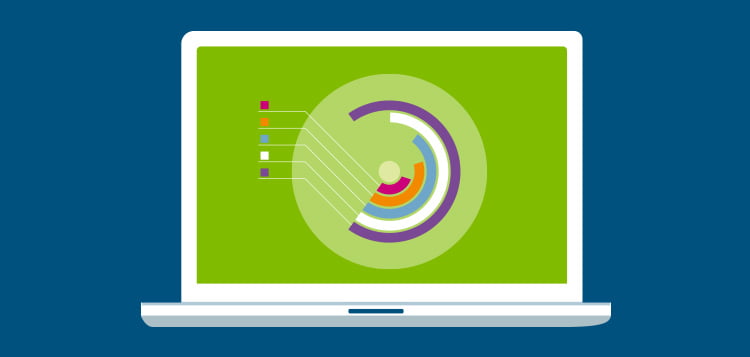Join Us As We Embark On A Journey Through Time, Exploring The Development Of Web Site Design And Just How It Has Actually Affected The Electronic Landscape
Join Us As We Embark On A Journey Through Time, Exploring The Development Of Web Site Design And Just How It Has Actually Affected The Electronic Landscape
Blog Article
Write-Up Writer-Dalrymple Dodson
In the past, web sites were basic and focused on information. Navigating was straight, and layout was for desktop computers. Now, customer experience is crucial. Data guides styles for simple navigating. Responsive designs fit different tools. Today, dark mode lowers stress, and minimalist food selections boost navigation. affordable seo consultant involve individuals, and strong visuals stick out. AI integration improves involvement. See just how style has actually developed to boost your on the internet journey.
Very Early Days of Website Design
In the early days of web design, simplicity preponderated. Sites were standard, with limited colors, fonts, and formats. The emphasis was on offering info instead of flashy visuals. Individuals accessed the internet via sluggish dial-up connections, so rate and performance were vital.
Navigating menus were straightforward, normally located at the top or side of the page. Internet sites were made for desktop, as mobile browsing had not been yet prevalent. Content was king, and developers prioritized simple readability over intricate layout elements.
HTML was the main coding language utilized, and designers had to function within its restrictions. Computer animations and interactive attributes were minimal contrasted to today's standards. Web sites were fixed, with little vibrant content or individualized user experiences.
Rise of User-Focused Layout
With the advancement of site layout, a change towards user-focused style concepts has actually become significantly famous. Today, developing web sites that prioritize customer experience is important for involving site visitors and attaining business goals. User-focused layout entails recognizing the needs, choices, and behaviors of your target audience to customize the web site's format, content, and includes accordingly.
Developers now conduct comprehensive research, such as individual studies and functionality screening, to gather understandings and feedback straight from customers. This data-driven approach aids in developing instinctive navigating, clear calls-to-action, and visually attractive interfaces that reverberate with site visitors. By positioning the individual at the center of the style procedure, web sites can deliver a more customized and enjoyable experience.
Receptive design has additionally become a crucial aspect of user-focused style, ensuring that websites are enhanced for various gadgets and screen dimensions. This versatility enhances access and functionality, accommodating the diverse ways users interact with sites today. In essence, the rise of user-focused style symbolizes a change towards producing digital experiences that focus on the requirements and assumptions of completion customer.
Modern Trends in Web Design
Check out the latest trends forming website design today. One noticeable trend is dark mode design, supplying a streamlined and modern look while decreasing eye strain in low-light settings. Another crucial trend is minimal navigating, streamlining food selections and enhancing individual experience by focusing on essential elements. Integrating micro-interactions, such as animated switches or scrolling results, can produce an extra appealing and interactive site. Responsive style continues to be essential, making certain seamless individual experiences across different gadgets. Additionally, utilizing bold typography and asymmetrical designs can include aesthetic passion and accentuate particular web content.
Incorporating AI modern technology, like chatbots for customer support or individualized recommendations, enhances individual engagement and simplifies processes. Availability has also come to be a substantial fad, with designers prioritizing inclusive layout practices to accommodate diverse user requirements. Accepting Read Much more by maximizing site efficiency for speed and performance is another emerging fad in website design. Teaming up with user comments and information analytics to iterate and improve style continually is vital for remaining appropriate in the ever-evolving digital landscape. By accepting these modern-day trends, you can develop a visually enticing, easy to use website that reverberates with your audience.
Conclusion
As you reflect on the evolution of internet site design from the early days to currently, you can see how user-focused design has ended up being the driving force behind contemporary fads.
Embrace the trip of adjustment and adaptation in website design, always maintaining the user experience at the center.
Remain current with the most recent patterns and technologies, and never quit advancing your strategy to create visually magnificent and straightforward internet sites.
Progress, adjust, and produce - the future of website design remains in your hands.
